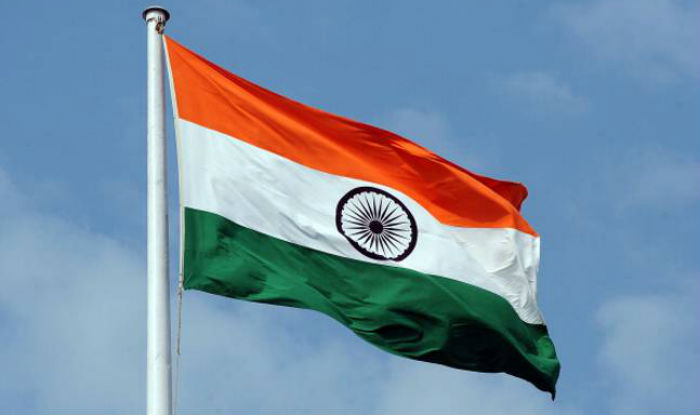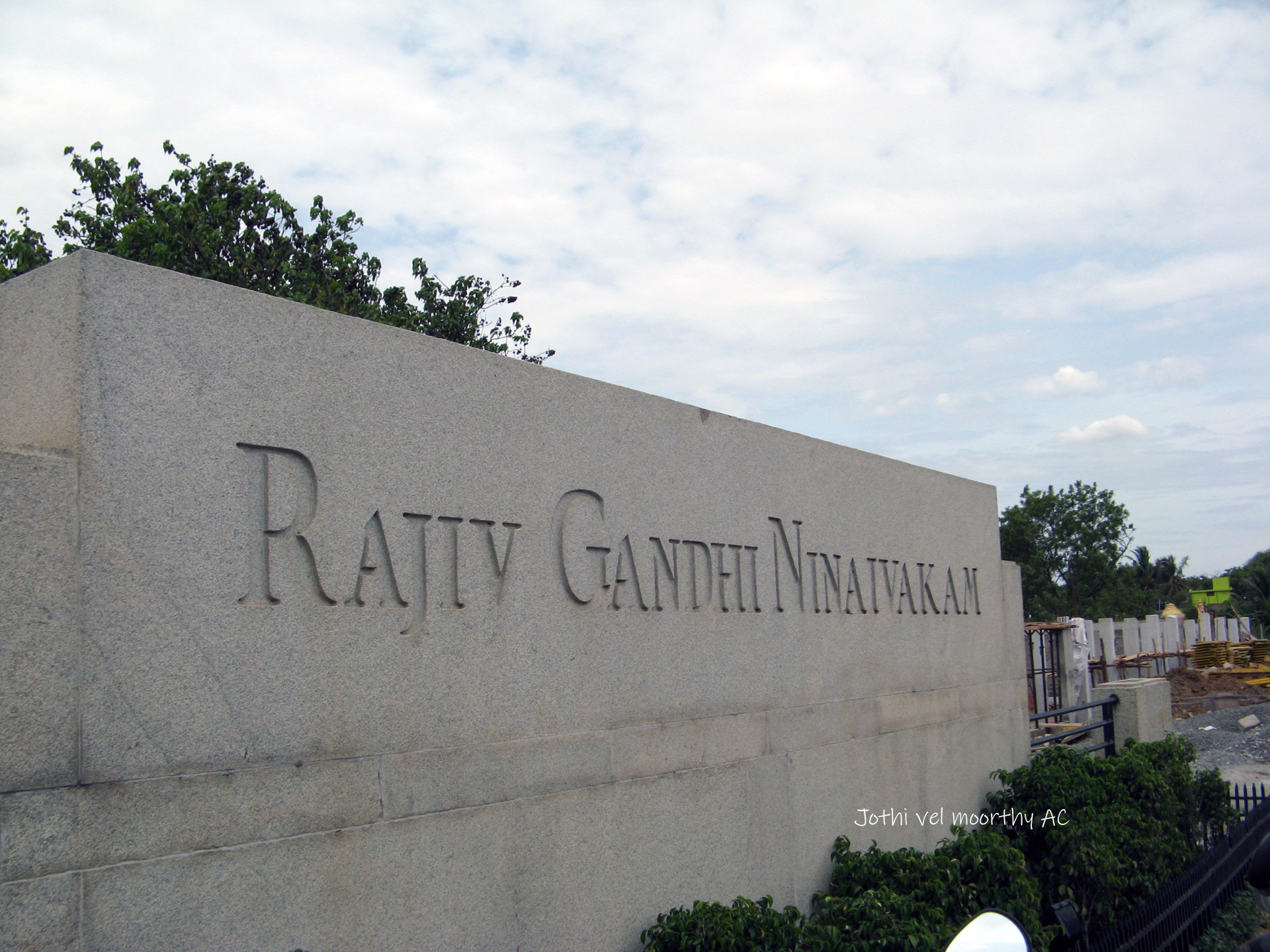Every free nation of the world has its own flag which is considered as the symbol of a free country. The National Flag of India was adopted in its present form during the meeting of Constituent Assembly held on the 22 July 1947, a few days before India’s independence from the British on 15 August 1947. It served as the national flag of the Dominion of India between 15 August 1947 and 26 January 1950 and that of the Republic of India thereafter. In India, the term “tricolour” refers to the Indian national flag.
The National flag of India is a horizontal tricolour of deep saffron (kesari) at the top, white in the middle and dark green at the bottom in equal proportion. The ratio of width of the flag to its length is two to three.
- The top saffron colour, indicates the strength and courage of the country.
- The white middle band indicates peace and truth with Dharma Chakra.
- The green shows the fertility, growth and auspiciousness of the land.
- In the center of the white band is a navy-blue wheel which represents the chakra. Its design is that of the wheel which appears on the abacus of the Sarnath Lion Capital of Ashoka. Its diameter approximates to the width of the white band and it has 24 spokes.
This National Flag which we are using is not adapted directly but it was finally achieved after various changes that our National Flag went through since its first inception. It was discovered or recognised during our national struggle for freedom. The evolution of the Indian National Flag sailed through many vicissitudes to arrive at what it is today.

The first national flag in India is said to have been hoisted on August 7, 1906, in the Parsee Bagan Square (Green Park) in Calcutta now Kolkata. The flag was composed of three horizontal strips of red, yellow and green.

The second flag was hoisted in Paris by Madame Cama and her band of exiled revolutionaries in 1907 (according to some inl9OS). This was very similar to the first flag except that the top strip had only one lotus but seven stars denoting the Saptarishi. This flag was also exhibited at a socialist conference in Berlin.

The third flag went up in 1917 when our political struggle had taken a definite turn. Dr. Annie Besant and Lokmanya Tilak hoisted it during the Home rule movement. This flag had five red and four green horizontal strips arranged alternately, with seven stars in the Saptarishi configuration super-imposed on them. In the left-hand top corner (the pole end) was the Union Jack. There was also a white crescent and star in one corner.

During the session of the All India Congress Committee which met at Bezwada in 1921 (now Vijayawada) an Andhra youth prepared a flag and took it to Gandhiji. It was made up of two colours-red and green-representing the two major communities i.e. Hindus and Muslims. Gandhiji suggested the addition of a white strip to represent the remaining communities of India and the spinning wheel to symbolise progress of the Nation.

The year 1931 was a landmark in the history of the flag. A resolution was passed adopting a tricolor flag as our national flag. This flag, the forbear of the present one, was saffron, white and green with Mahatma Gandhi’s spinning wheel at the center. It was, however, clearly stated that it bore no communal significance and was to be interpreted thus.

On July 22, 1947, the Constituent Assembly adopted it as Free India National Flag. After the advent of Independence, the colors and their significance remained the same. Only the Dharma Charkha of Emperor Asoka was adopted in place of the spinning wheel as the emblem on the flag. Thus, the tricolor flag of the Congress Party eventually became the tricolor flag of Independent India.
Flag Code
On 26th January 2002, the Indian flag code was modified and after several years of independence, the citizens of India were finally allowed to hoist the Indian flag over their homes, offices and factories on any day and not just National days as was the case earlier. Now Indians can proudly display the national flag anywhere and anytime, as long as the provisions of the Flag Code are strictly followed to avoid any disrespect to the tricolor.
Manufacturing process
The design and manufacturing process for the national flag is regulated by three documents issued by the Bureau of Indian Standards (BIS). All of the flags are made out of khadi cloth of silk or cotton. The standards were created in 1968 and were updated in 2008.Nine standard sizes of the flag are specified by law.
In 1951, after India became a republic, the Indian Standards Institute (now the BIS) brought out the first official specifications for the flag. These were revised in 1964 to conform to the metric system which was adopted in India. The specifications were further amended on 17 August 1968.The specifications cover all the essential requirements of the manufacture of the Indian flag including sizes, dye colour, chromatic values, brightness, thread count and hemp cordage. The guidelines are covered under civil and criminal laws and defects in the manufacturing process can result in punishments that include fines or jail terms.
Khadi or hand-spun cloth is the only material allowed to be used for the flag, and flying a flag made of any other material is punishable by law with imprisonment up to three years, besides a fine. Raw materials for khadi are restricted to cotton, silk and wool.
There are two kinds of khadi used: The first is the khadi-bunting which makes up the body of the flag, and the second is the khadi-duck, which is a beige-coloured cloth that holds the flag to the pole.
The khadi-duck is an unconventional type of weave that meshes three threads into a weave, compared to the two threads used in conventional weaving. This type of weaving is extremely rare, and there are fewer than twenty weavers in India professing this skill. The guidelines also state that there should be exactly 150 threads per square centimeter, four threads per stitch, and one square foot should weigh exactly 205 grams.
There are four places in the country licensed to make the cloth for the national flag, they are in Karnataka, Marathwada, Barabanki in UP, and Banetha in Rajasthan.
The woven khadi is obtained from two handloom units in the Dharwad and Bagalkot districts of northern Karnataka. Currently, Karnataka Khadi Gramodyoga Samyukta Sangha based in Hubli is the only licensed flag production and supply unit in India.
The hand-woven khadi for the National Flag was initially manufactured at Garag, a small village in the Dharwad district. A Centre was established at Garag in 1954 by a few freedom fighters under the banner of Dharwad Taluk Kshetriya Seva Sangh and obtained the Centre’s license to make flags.
Once woven, the material is sent to the BIS laboratories for testing. After quality testing, the material, if approved, is returned to the factory. It is then separated into three lots which are dyed saffron, white and green.
The Ashoka Chakra is screen printed, stenciled or suitably embroidered onto each side of the white cloth. Care also must be taken that the chakra is completely visible and synchronized on both sides. Three pieces of the required dimension, one of each color, are then stitched together according to specifications and the final product is ironed and packed. The BIS then checks the colors and only then can the flag be sold.
The Do’s:
- The National Flag may be hoisted in educational institutions (schools, colleges, sports camps, scout camps, etc.) to inspire respect for the Flag. An oath of allegiance has been included in the flag hoisting in schools.
- A member of public, a private organisation or an educational institution may hoist/display the National Flag on all days and occasions, ceremonial or otherwise consistent with the dignity and honour of the National Flag.
The Don’ts:
- The flag cannot be used for communal gains, drapery, or clothes. As far as possible, it should be flown from sunrise to sunset, irrespective of the weather.
- The flag cannot be intentionally allowed to touch the ground or the floor or trail in water. It cannot be draped over the hood, top, and sides or back of vehicles, trains, boats or aircraft.
- No other flag or bunting can be placed higher than the flag. Also, no object, including flowers or garlands or emblems can be placed on or above the flag. The tricolour cannot be used as a festoon, rosette or bunting.

Source: Inputs from various government websites.
![]()



